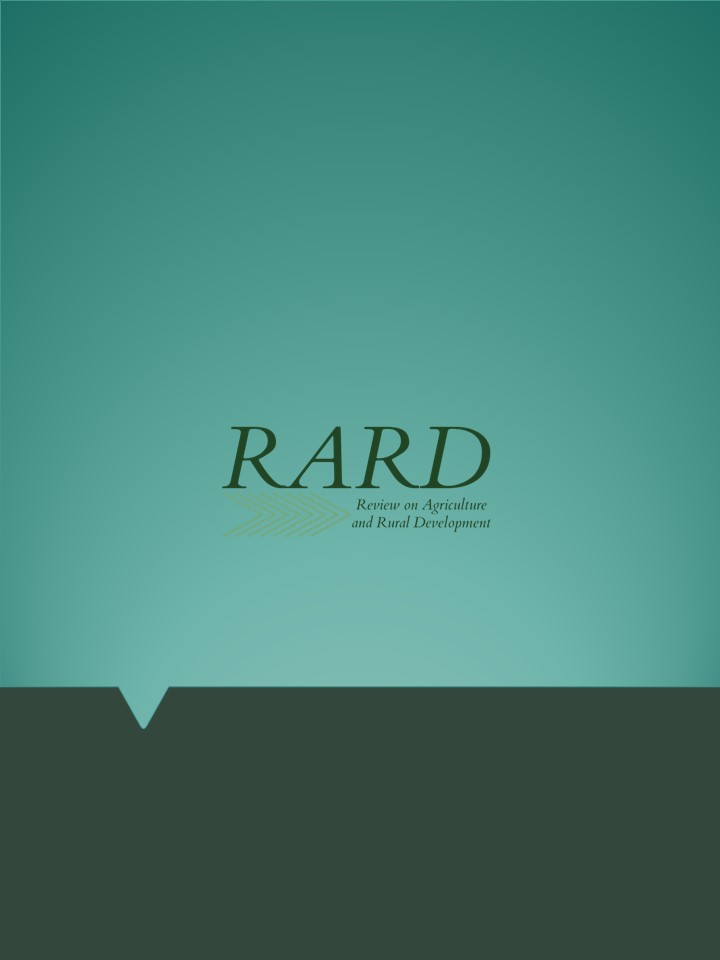Innovation in Hungarian aquaculture
Main Article Content
Abstract
Before the regime change in Hungary, the aquaculture sector produced one of the largest income values within agriculture in the field of international knowledge and technology transfer. As a result of environmental effects, the strengthening of regulations and their enforcement, as well as the Covid-19 epidemic, marine fish catches decreased by 3.8% in 2020 compared to the average of 2017-2019. In addition, the EU is a net importer of aquaculture products (68% of the aquaculture products consumed in the EU are not produced in the EU). The decline in marine fisheries offers a chance to increase the market share of the freshwater aquaculture sector. However, the recent increase in energy and feed raw material prices makes the situation even more complicated.
In the current economic environment, there is an increased need to respond to problems through innovation. The development of the Hungarian aquaculture sector has three target areas: i) traditional pond farming; ii) precision (intensive) fish production; iii) and modernization of fish processing are both priorities and at the same time complex development goals We examined the main challenges of these areas and identified proposed solutions that, can provide a solution to some of the sector's problems thanks to the recent innovative developments. It can be concluded that willingness and susceptibility to innovation are present in the sector. Excellent national and international developments have been made recently. It is a task for national economies to support actors in the aquaculture innovation chain in their renewal.
Article Details
Funding data
-
Horizon 2020 Framework Programme
Grant numbers No 818036
